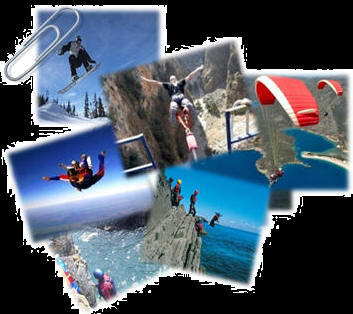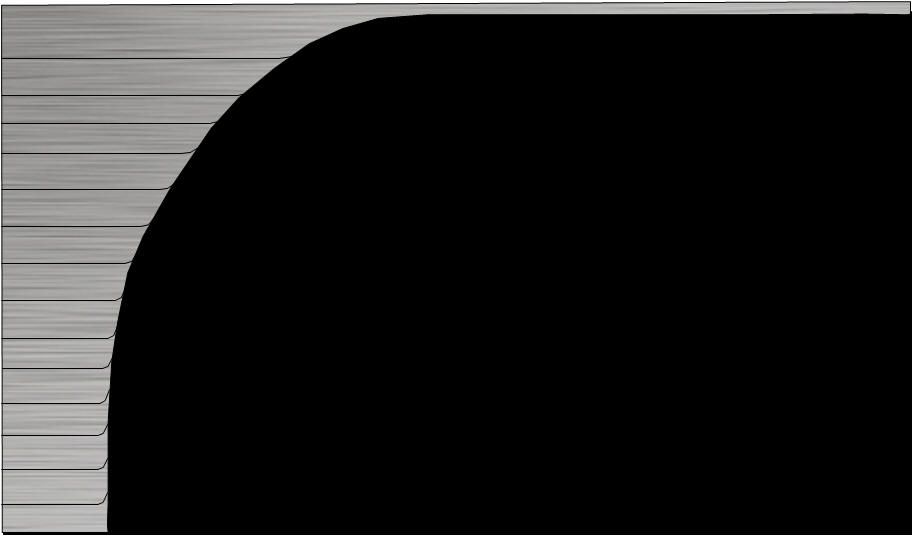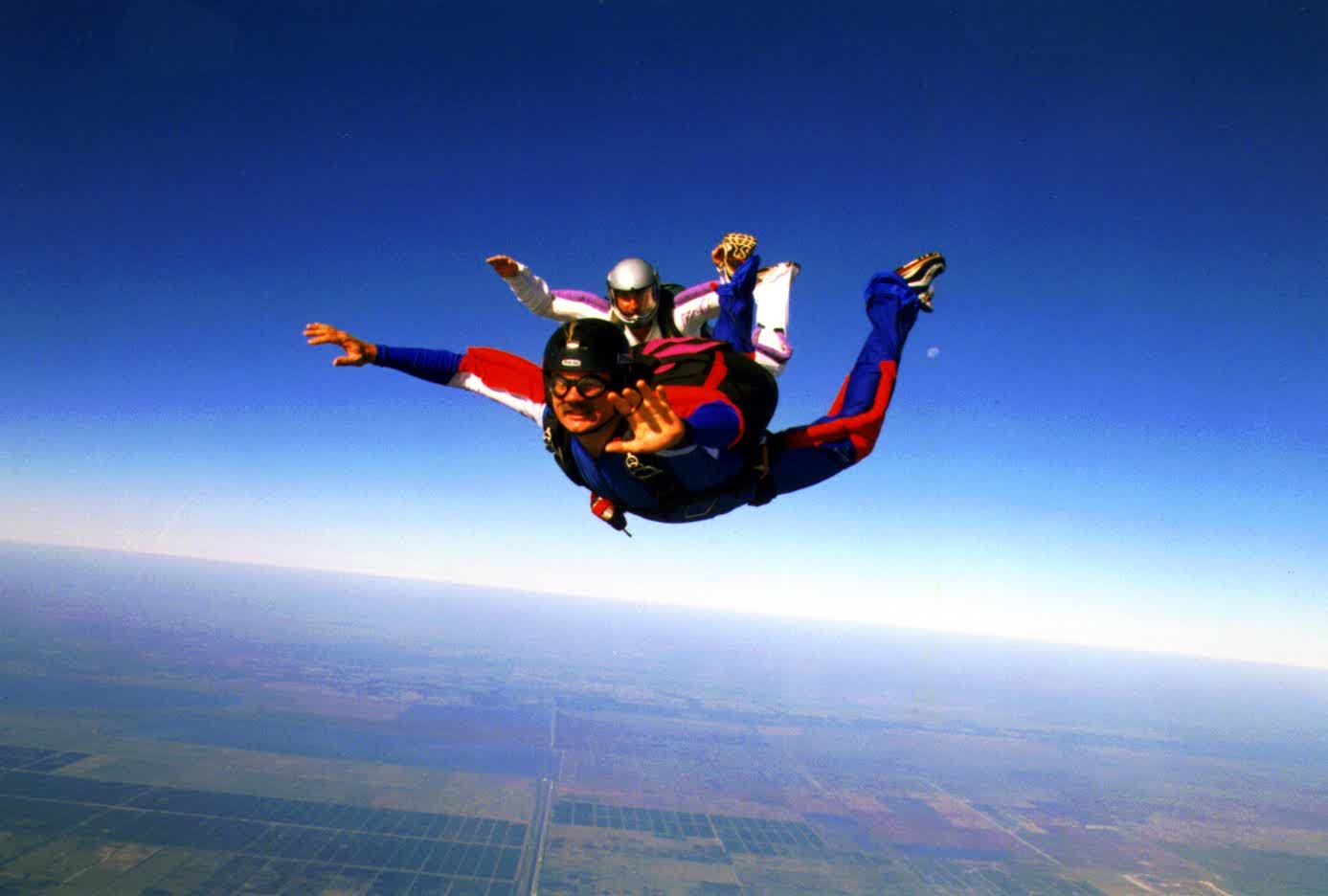Costs in the sport are not trivial. As
new technological advances or performance enhancements are
introduced, they tend to nudge equipment prices higher.
Similarly, the average skydiver carries more equipment than
in earlier years, with safety devices (such as an
AAD)
contributing a significant portion of the cost.
A full set of brand-new equipment can
easily cost as much as a new motorcycle or half a small car.
The market is not large enough to permit the steady lowering
of prices that is seen with some other equipment like
computers.
In many countries, the sport
supports a used-equipment market. For beginners that is the
preferred way to acquire "gear", and has two advantages:
- First, they can try types of
parachutes (there are many) to learn which style they
prefer, before paying the price for new equipment.
- Second, they can acquire a
complete system and all the peripheral items in a short
time and at reduced cost.
Novices generally start with
parachutes that are large and docile relative to the
jumper's body-weight. As they improve in skill and
confidence, they can graduate to smaller, faster, more
responsive parachutes. An active jumper might change
parachute canopies several times in the space of a few
years, while retaining his or her first harness/container
and peripheral equipment.
Older jumpers, especially those who
jump only on weekends in summer, sometimes tend in the other
direction, selecting slightly larger, more gentle parachutes
that do not demand youthful intensity and reflexes on each
jump. They may be adhering to the maxim that: "There are old
jumpers and there are bold jumpers, but there are no old,
bold jumpers."






